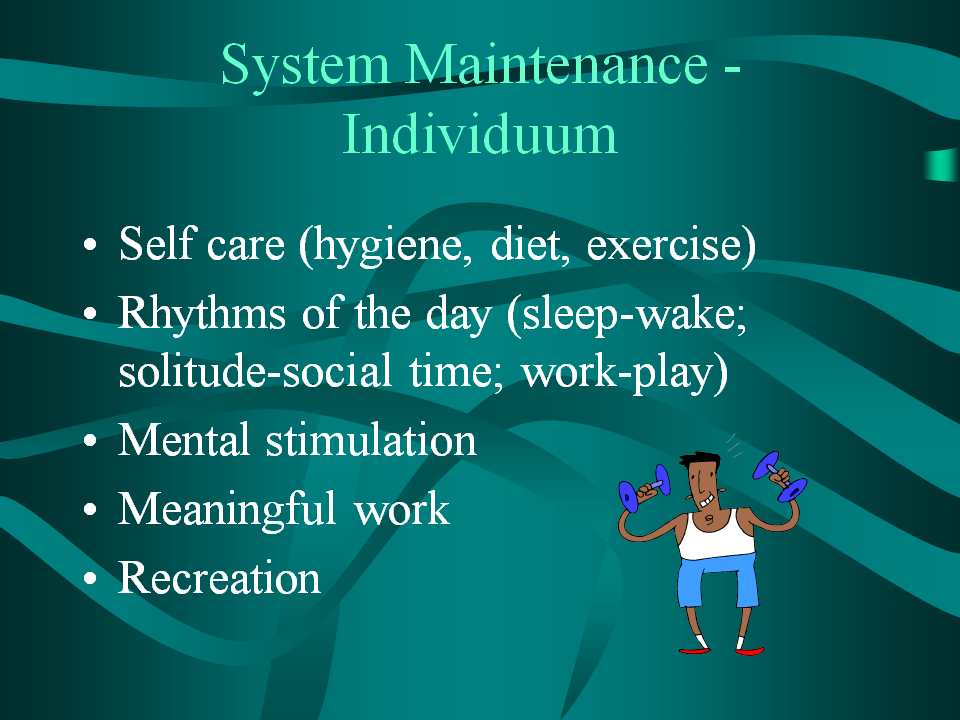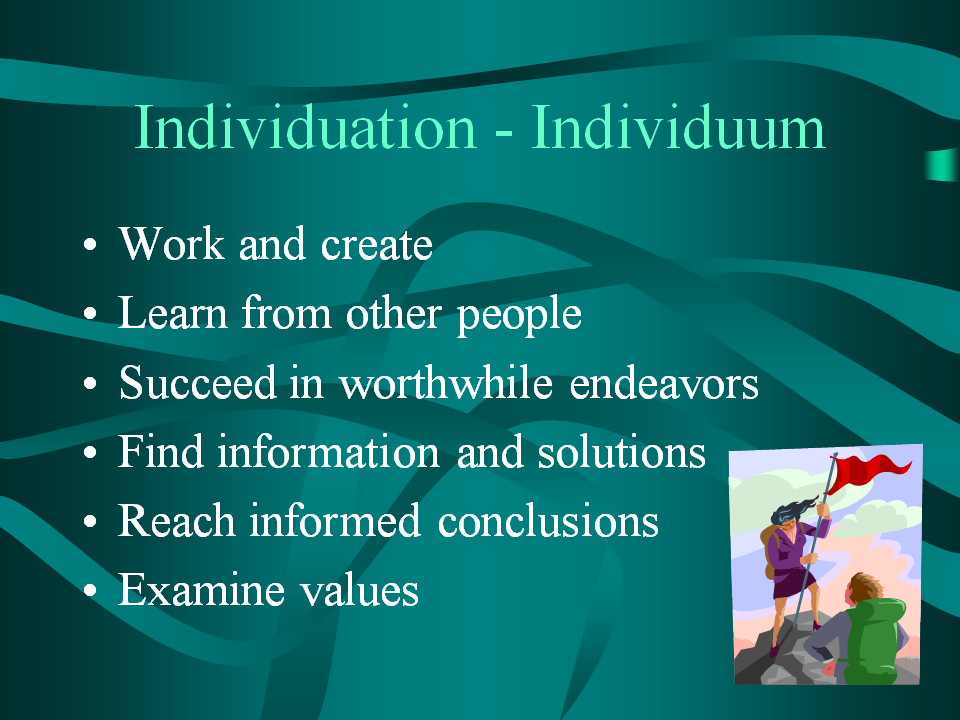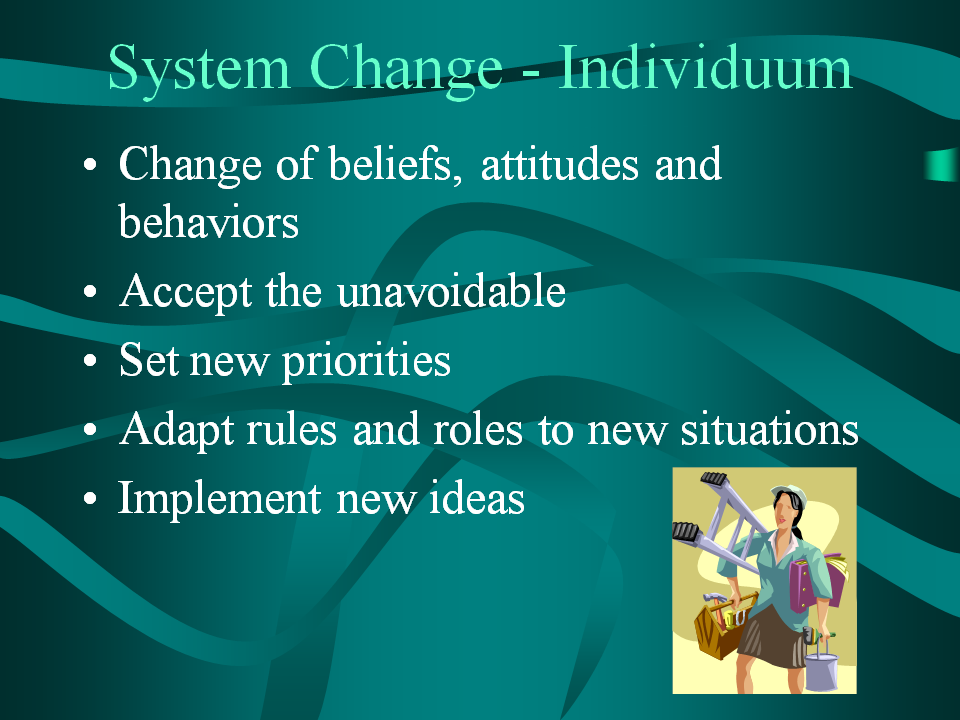- The Process Dimensions
Each target is expressed by behaviors pertaining to two process dimensions. System Maintenance and Coherence refer to the target Stability. Individuation and System Change lead to the target of Growth. System Maintenance and System Change refer to the target of Control. Coherence and Individuation signify the target of Spirituality. This dynamic is shown by the red arrows in the systemic diagram (see The Systemic Process). The red arrows are depicting quadrants of unequal size, meaning that individuals, families, or larger systems do not emphasize all process dimensions equally. A healthy system needs to make use of all the dimensions, at least to some degree, but the emphasis on the dimensions and the specific behaviors within the dimensions differ and are based on cultural values and beliefs.

Behavior patterns pertain to a specific dimension based on the motivation that brings about the behavior, rather than the behavior itself. For example, a family walk in the woods could be system maintenance (see below) if its motivation is health, coherence (see below) if its motivation is togetherness and sharing experiences, or individuation (see below) if the motivation is learning about plants and animals.

System Maintenance of individuals includes all behaviors of self care. These include the meeting of physical, social, psychological, or spiritual needs. In families and social groups, it refers to organization, decision making, rules, regulations, roles, communication patterns, and the flow of information.

Coherence of individuals refers to all actions one undertakes to be and feel a unified whole with integrated parts. Coherent persons are free of inner conflicts, act in accordance with their values and beliefs and have a sound sense of self. The process dimension of coherence includes all behaviors leading to coherence or inner peace.
In families and larger social systems, coherence signifies togetherness or a feeling of being part of the same unit and being committed to the unit. Members dedicate time and energy to the system and each other, share experiences, fulfill their roles and obligations, and appreciate each other's differences.

Individuation is always carried out on an individual level. It involves all activities undertaken to learn and gain insight. This can include formal education but also involves life processes that help people mature or broaden their horizon. For example, caregivers can gain individuation by fully engaging in the caring process. In connecting with the patient on an intimate level, they gain a new perspective on life and a new identity.
In families and larger social systems, individuation involves the openness of the system that allows individuals to grow and mature, go out and explore, and bring back to the system what they have learned. Such open systems will allow discussions of new ideas and are able to adjust common values accordingly.

One has to picture these process dimensions in constant motion. Also, they are dependent on each other. For example, Individuation cannot fully take place if coherence is lacking. Through coherence, we gain self-esteem and the courage to undertake new ventures that lead to experience and new insight. Such insight, then, does not remain without effect on the system. Thus, insight leads to system change: One becomes a different person. As one changes, one modifies values, changes attitudes and behaviors. Such system change, therefore, leads to a new equilibrium in the system. A changed system maintenance. System change can happen gradually, for example by traveling or getting an education. It can also happen unexpectedly, throwing a person in a crisis that can only be resolved through system change (acceptance and change of priorities). Without acceptance, system change cannot occur. For example a person with a serious illness can either try to fight it (use control and maintain the system) or accept it (use spirituality and change the system accordingly).
In families and groups system change has to happen on the group level through discussions and decision-making. All members should agree to change and accept new roles, priorities, and relationships within the system. Crises occur where this process fails. A crisis itself is no system change, the adjustment to the crisis is system change.

 English
English  Español/Portugués
Español/Portugués  Deutsch
Deutsch 